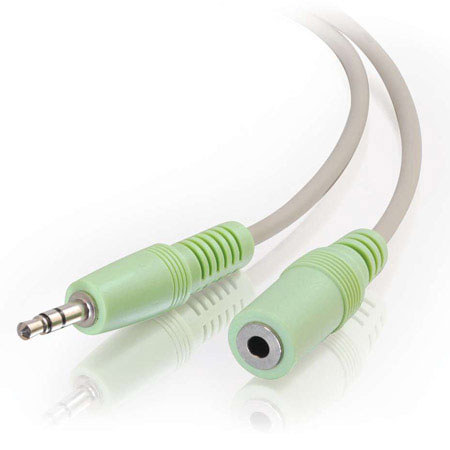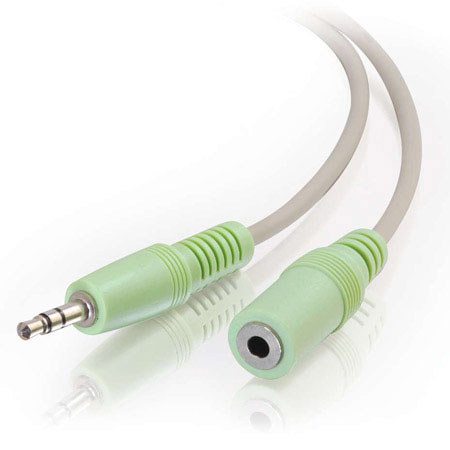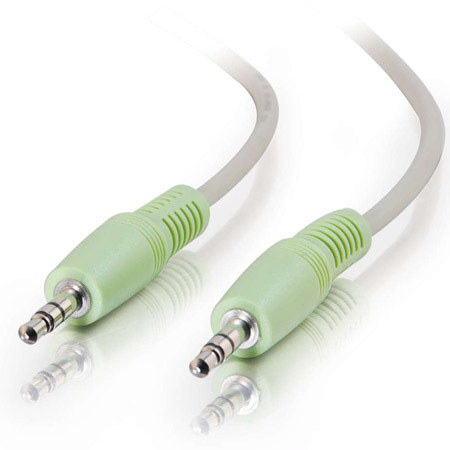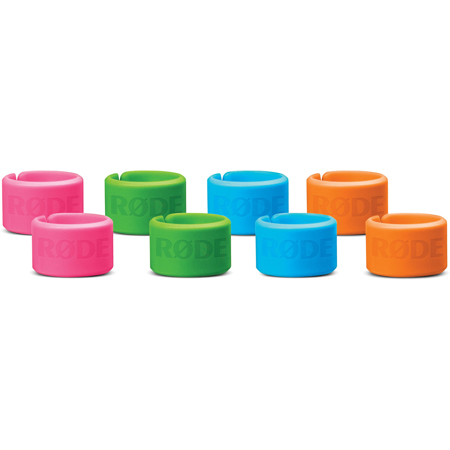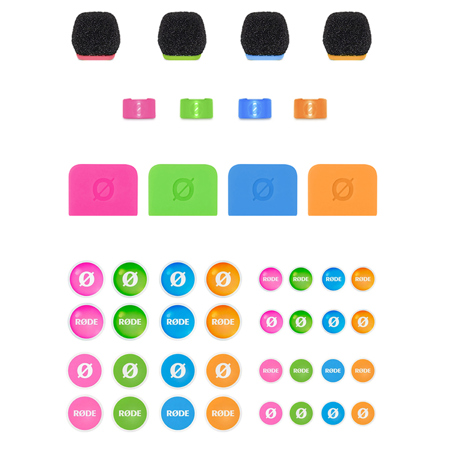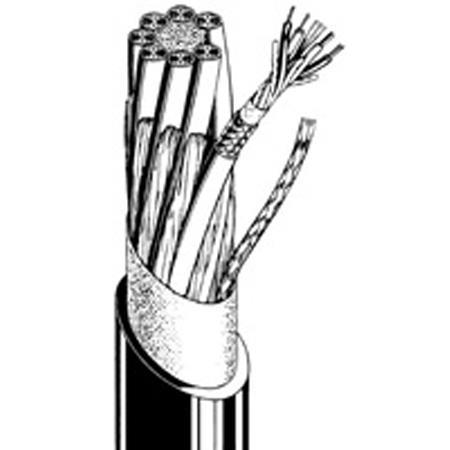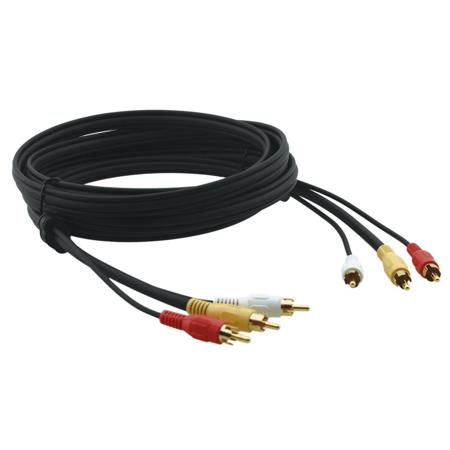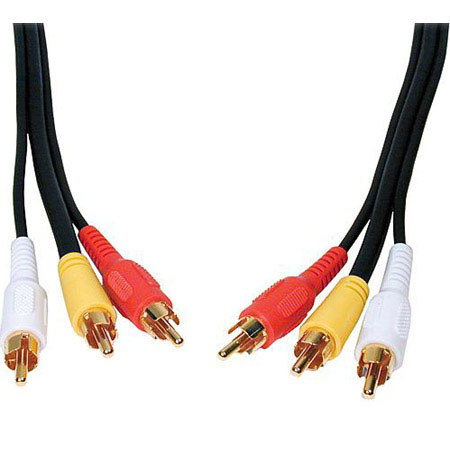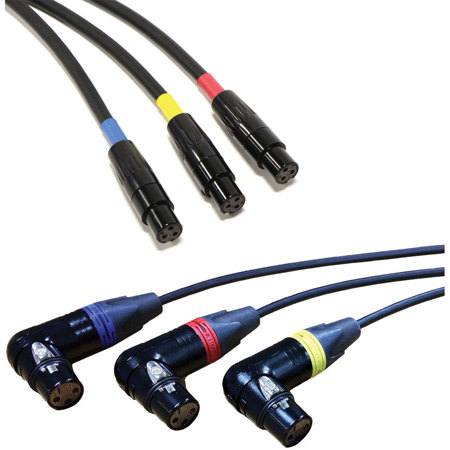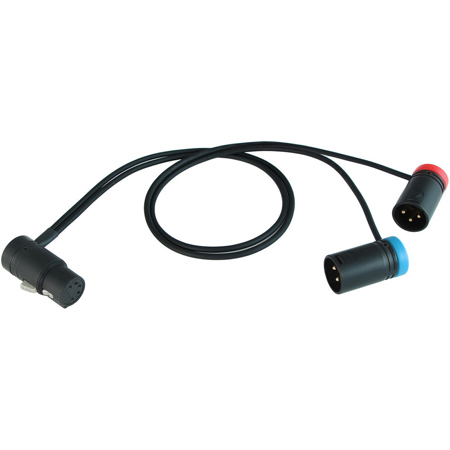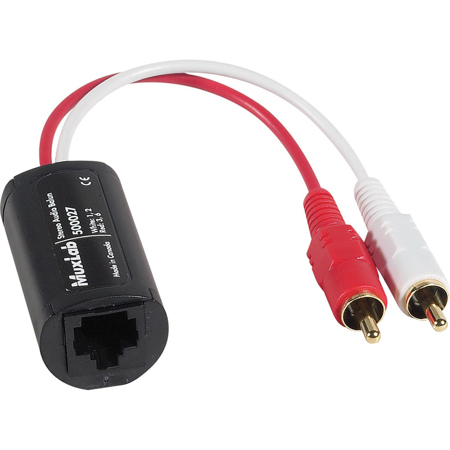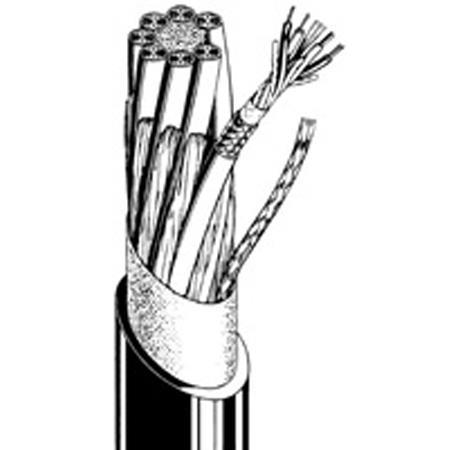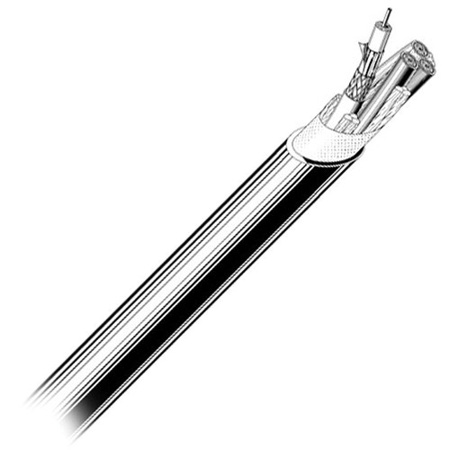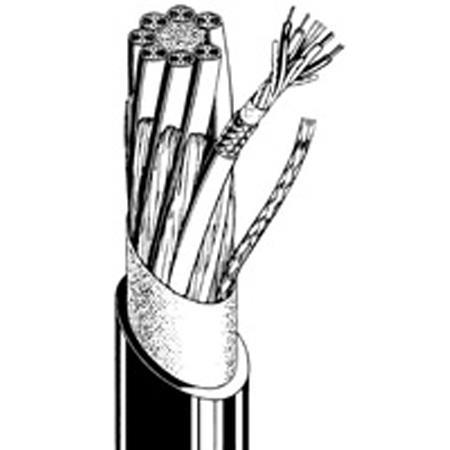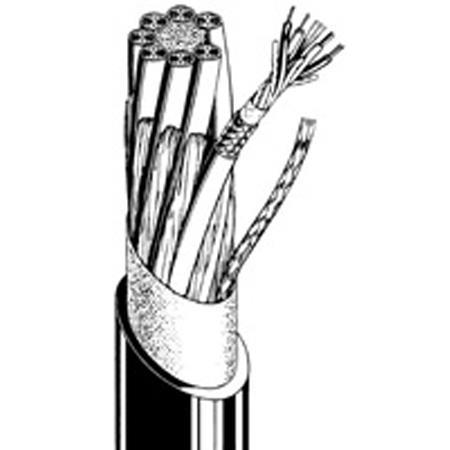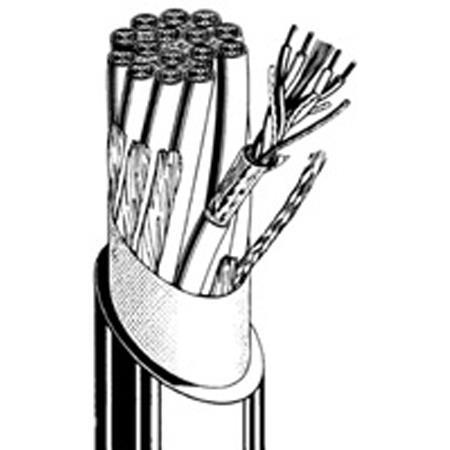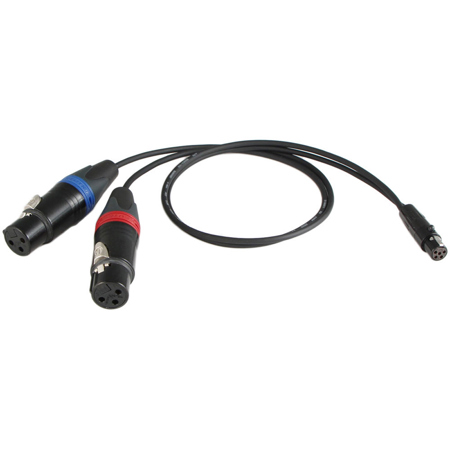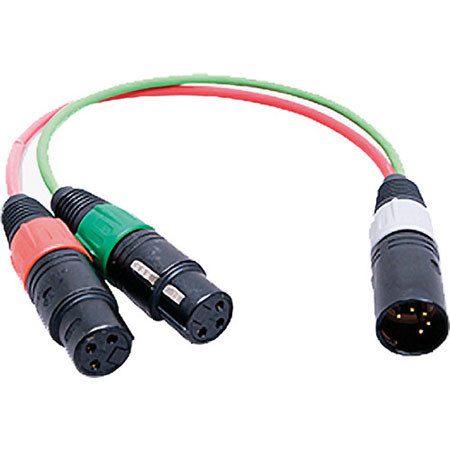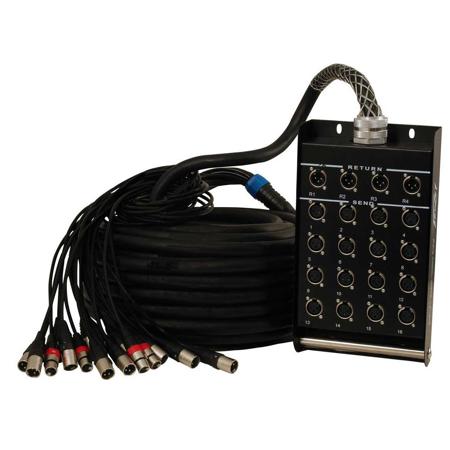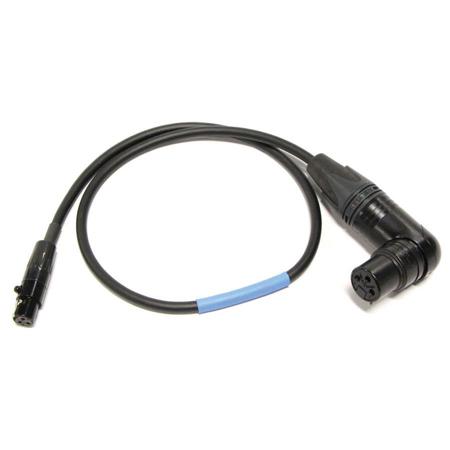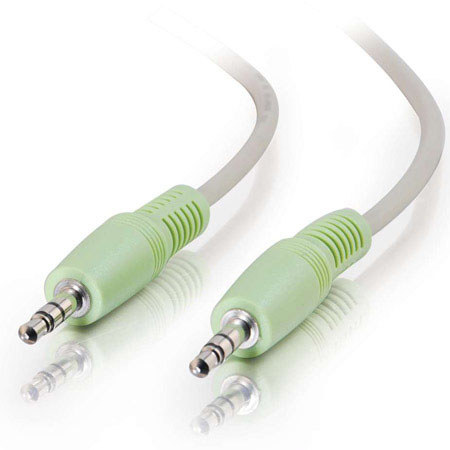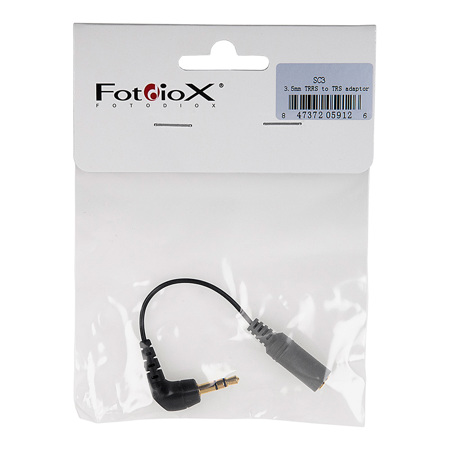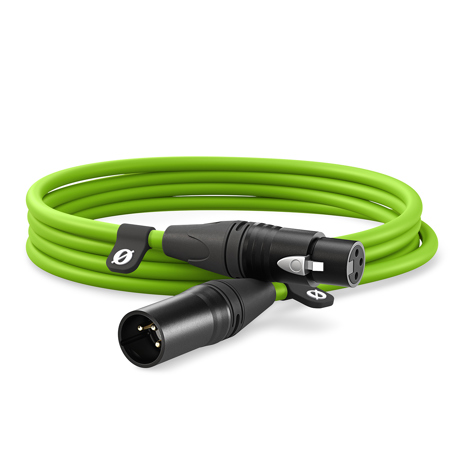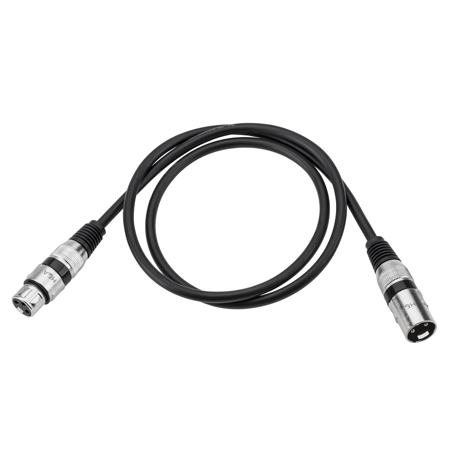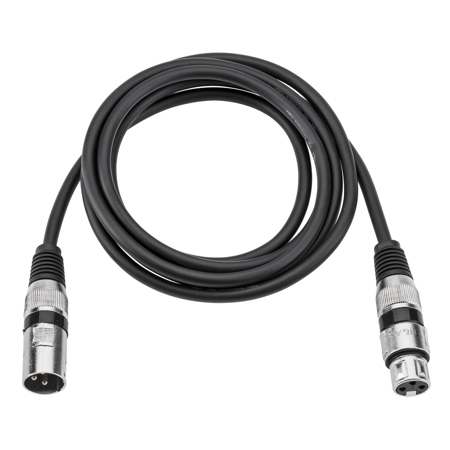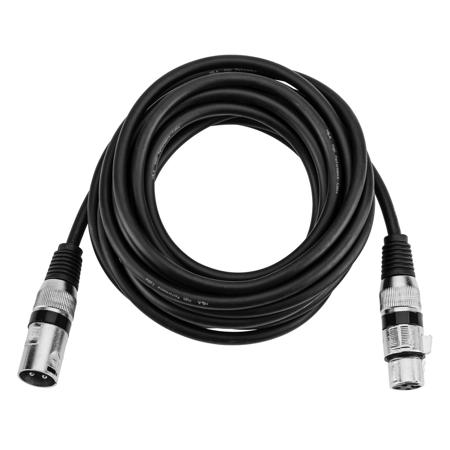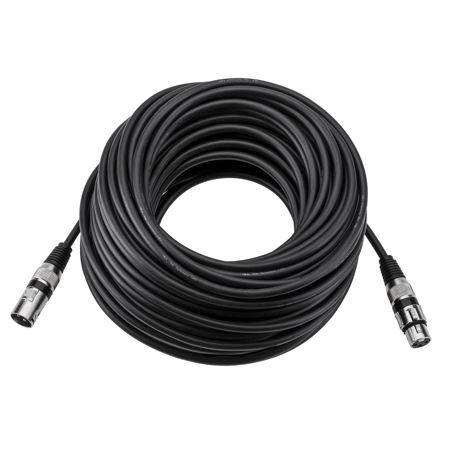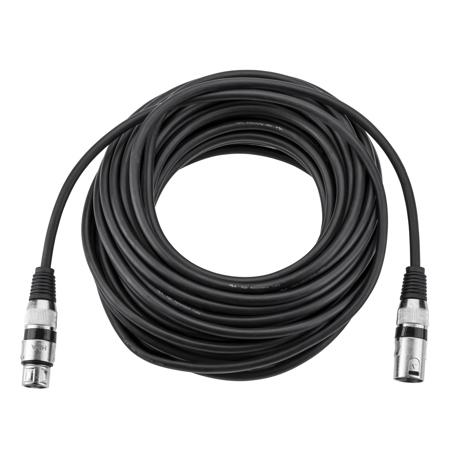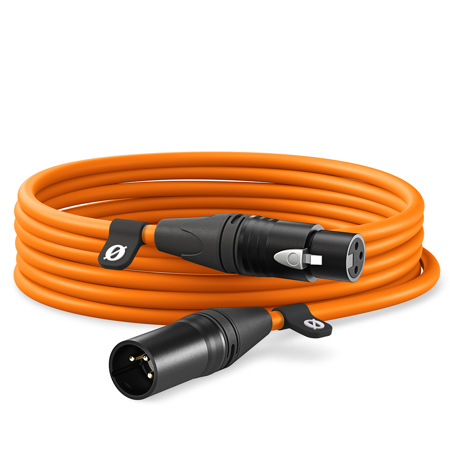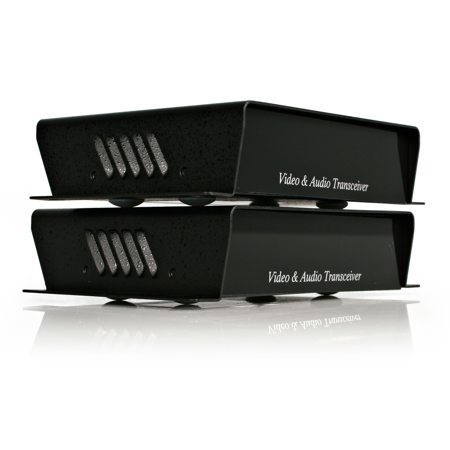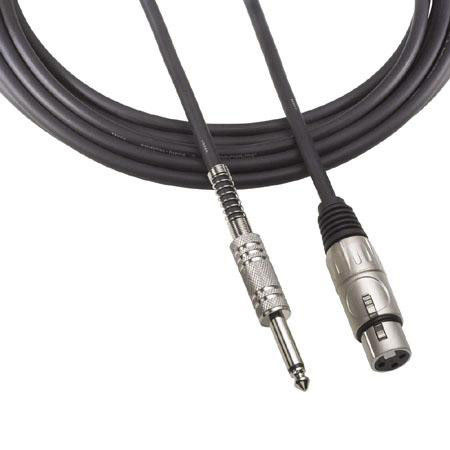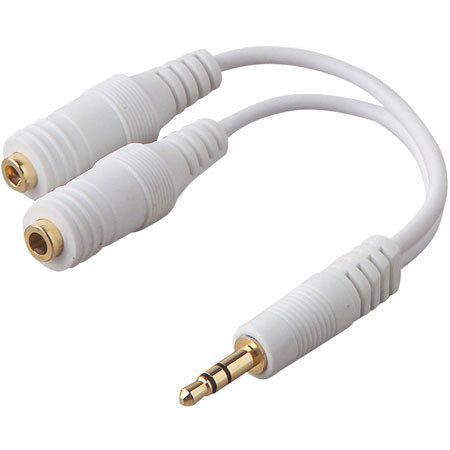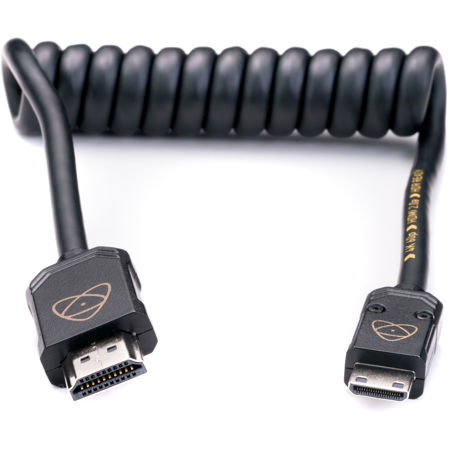Color Coded Audio Cables
In the world of audio production, organization and clarity are as vital as sound quality itself. Whether you’re patching a sprawling studio setup, running cables across a stage during a summer festival, or simply trying to keep your home recording space tidy, color coded audio cables become invaluable tools. These cables, distinguished by their vibrant hues, bring instant visual order to even the most complex environments. Imagine the relief during a live set in August, when the heat and energy are high, and you need to quickly trace a signal path—those bold red, blue, or green connectors make it effortless to identify which cable leads where. This saves precious time during setup and breakdown, and minimizes the risk of mispatching or signal confusion. For anyone who has ever knelt behind a rack, flashlight in hand, squinting to differentiate between identical black cables, the appeal of color coding is immediately apparent. It’s a simple upgrade that delivers professional results, whether you’re a touring sound engineer, a podcaster, or a hobbyist musician laying down tracks in a sunlit attic studio.
Selecting the right color coded audio cables involves considering both your workflow and your environment. Length and connector type are obvious factors, but the durability of the cable’s jacket, the flexibility for tight spaces, and the vividness of the color coding all play a role in day-to-day usability. In busy, high-traffic spaces—like rehearsal rooms, broadcast studios, or even classrooms—being able to instantly distinguish between a vocal mic feed, an instrument line, and a monitor return can prevent costly mistakes and streamline troubleshooting. For educators, gifting a set of color coded cables to a budding audio enthusiast or student is a thoughtful gesture that encourages good habits and fosters technical confidence. DJs and performers, especially during the festival-heavy summer months, appreciate the speed and efficiency these cables bring when time is of the essence. There’s also a certain satisfaction in opening a case and seeing a neatly coiled rainbow of cables, each one ready for its specific role. It’s a small detail that signals professionalism and care, both to clients and collaborators.
Beyond audio, the principle of color coding extends to other technical disciplines, making it easier to maintain order in multi-cable environments. If you’re building a hybrid setup that includes data and networking alongside audio, consider exploring Color Coded Network Cables for a seamless, visually organized system. Ultimately, whether you’re equipping a commercial studio, upgrading a mobile rig for the festival circuit, or simply seeking to reduce clutter and confusion at home, color coded audio cables offer a practical, reliable solution. They not only improve efficiency and safety but also contribute to a workspace that feels intentional and inspiring—a subtle but significant advantage as you pursue your creative and technical goals.
Selecting the right color coded audio cables involves considering both your workflow and your environment. Length and connector type are obvious factors, but the durability of the cable’s jacket, the flexibility for tight spaces, and the vividness of the color coding all play a role in day-to-day usability. In busy, high-traffic spaces—like rehearsal rooms, broadcast studios, or even classrooms—being able to instantly distinguish between a vocal mic feed, an instrument line, and a monitor return can prevent costly mistakes and streamline troubleshooting. For educators, gifting a set of color coded cables to a budding audio enthusiast or student is a thoughtful gesture that encourages good habits and fosters technical confidence. DJs and performers, especially during the festival-heavy summer months, appreciate the speed and efficiency these cables bring when time is of the essence. There’s also a certain satisfaction in opening a case and seeing a neatly coiled rainbow of cables, each one ready for its specific role. It’s a small detail that signals professionalism and care, both to clients and collaborators.
Beyond audio, the principle of color coding extends to other technical disciplines, making it easier to maintain order in multi-cable environments. If you’re building a hybrid setup that includes data and networking alongside audio, consider exploring Color Coded Network Cables for a seamless, visually organized system. Ultimately, whether you’re equipping a commercial studio, upgrading a mobile rig for the festival circuit, or simply seeking to reduce clutter and confusion at home, color coded audio cables offer a practical, reliable solution. They not only improve efficiency and safety but also contribute to a workspace that feels intentional and inspiring—a subtle but significant advantage as you pursue your creative and technical goals.
